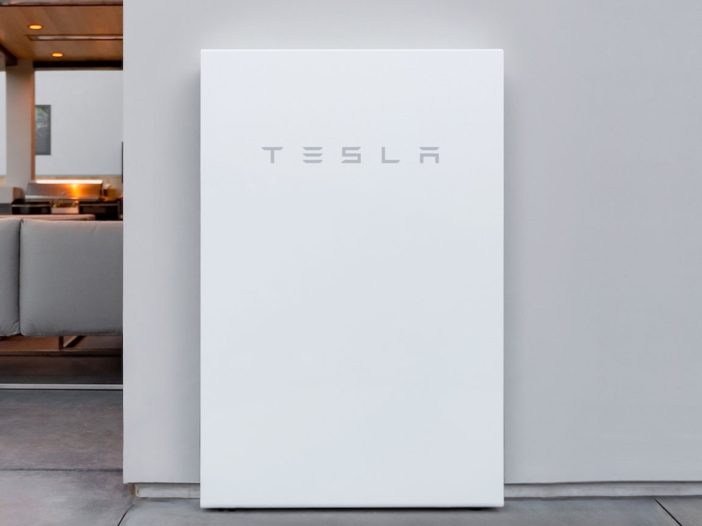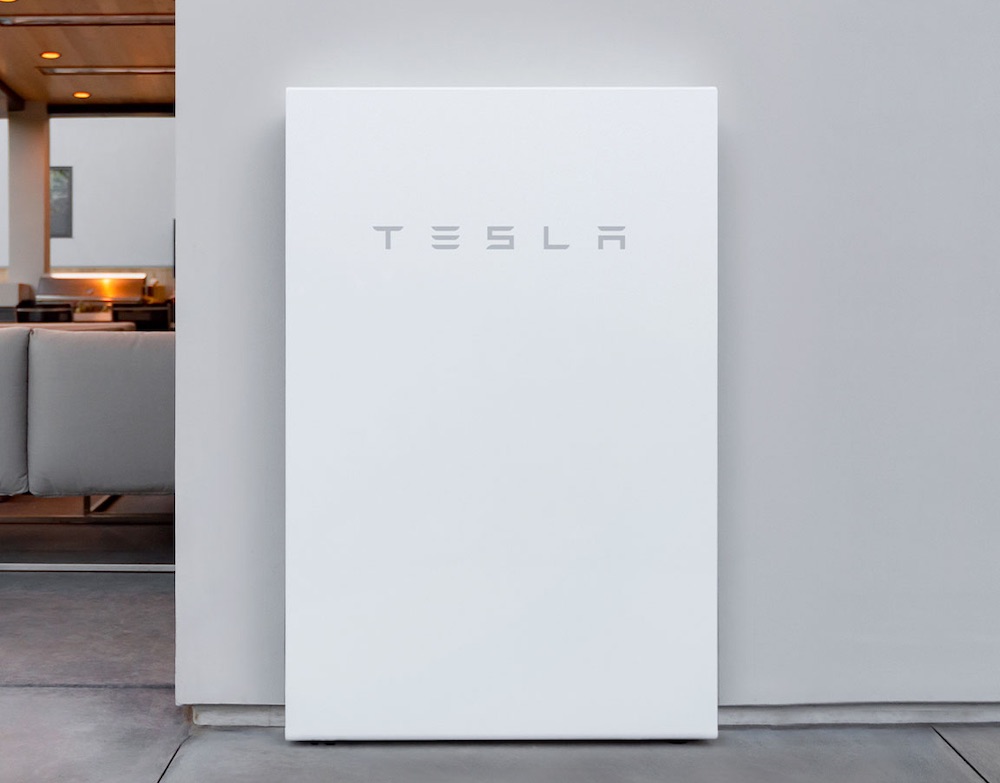
Origin Energy’s bid to establish a 2GW network of home solar and battery systems by 2026 will get a kick-along from green lender Brighte, with an offer of zero interest finance extended to households that join the Origin Loop VPP.
Under an new agreement with Origin, Brighte’s network of accredited vendors and installers will offer finance to households to join the VPP, as part of a broader push to accelerate the uptake of home batteries in Australia.
Origin Loop VPP uses smart software to manage supply and demand across more than 130,000 connected devices around Australia – mostly home solar and battery systems and currently to the tune of 449MW.
To encourage solar homes to join the VPP, Origin already dangles a $1,500 sign-up bonus for customers who install a battery – Sungrow, Tesla or LG – connect it to the Loop, and agree to discharge stored energy to the grid at times of peak demand. A smaller $400 sign-up bonus is offered to customers with a battery already installed.
The new deal with Brighte adds a further enticement, in this case to cut the upfront costs of purchasing a battery through zero interest finance – enough time for a household to fully appreciate the bill savings it can get from solar and storage.
The offer is expected to be particularly attractive to solar households looking to maximise their rooftop power generation as the cost of electricity from the grid heads higher, yet again.
“We’re always working on new opportunities for our vendors to grow their business and look at ways to accelerate battery uptake across Australia,” said Brighte founder and CEO Katherine McConnell.
“This partnership will make a big difference in helping bring down the costs of batteries and helping households take ownership of their power supply, especially at a time when energy bills are high.”
Brighte says its network of more than 2,000 vendors will be activated to quote and install batteries for the Origin VPP, further cementing Brighte’s position in Australia’s home energy market.
“Once again it’s our finance and vendor network capabilities that are important to our partners, to help them decarbonise households at scale,” said McConnell.
MicConnell says that, to this end, Brighte has developed an “off the shelf” solution that can be quickly customised and rapidly deployed in different jurisdictions.
“We see ourselves as a decarbonisation enablement platform with lots of different applications for potential partners and we are confident there will be more partnerships to come.”
“By working with Origin, Brighte is taking a significant step forward in our mission to make clean energy accessible and affordable for all Australians.”
For Origin – which alongside being one of Australia’s big three gentailers is one of the country’s biggest installers of rooftop solar – anything to boost participation in its VPP is a good thing.
Origin revealed its goal to grow the Loop VPP to 2,000MW in the first half of 2022, as part of a “strategy refresh” following its decision to fast-track the closure of its Eraring coal plant to 2025 from 2032.
At the time, Origin CEO Frank Calabria said the harnessing of rooftop solar, battery storage and demand management resources, along with pool pumps and electric vehicles installed in its customer base, could deliver “very low cost” replacement capacity to Eraring.
“A VPP is a capital and cost-efficient tool to create capacity,” Origin’s presentation said at the time. “VPP assets tend to have very low or even zero upfront capital cost to establish.”
Calabria says a VPP can be used just like a peaking power plant, with part of its value the ability to avoid the cost of hedging contracts, one of the most expensive products in the electricity market.
“At scale, a very large number of distributed assets can be controlled in a similar nature to a battery, either by moving energy or reducing peak energy,” Origin says.
“Ultimately, the orchestration of distributed assets helps Origin to replace part of the capacity provided by Eraring and firm renewable assets at a very low cost.”

Sophie is editor of One Step Off The Grid and deputy editor of its sister site, Renew Economy. Sophie has been writing about clean energy for more than a decade.



